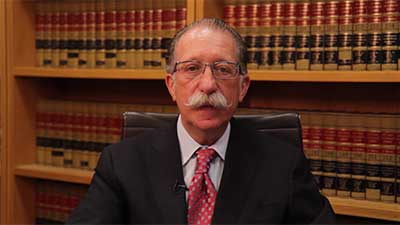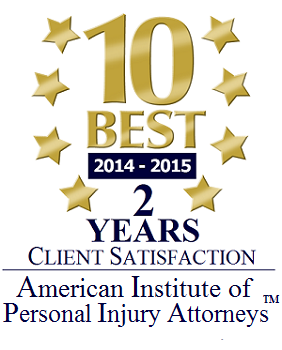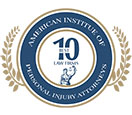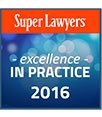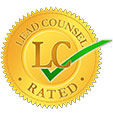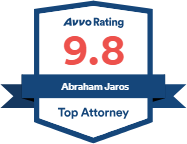For obvious reasons, driving at night can be more dangerous than driving during the day. Lower visibility is a factor in many crashes at night. You are also more likely to encounter a drunk driver after the sun goes down.
Here are some other risks to be aware of — and what you can do when you encounter them:
Blinding high-beam headlights
Be careful when a vehicle approaches you with overly bright headlights. It’s an all-too-common incident on New York streets. Drivers have an obligation not to drive around with their high beams on. They can be blinding to oncoming drivers and to pedestrians. If you encounter this, slow your speed and be aware of lane markers so that you stay in your lane.
Dirty windshields
A dirty, streaked windshield can obscure your view of the road during the day, but can be worse at night when headlights shine on the dirt. Cleaning off your windshield can increase your field of vision so you can survey the entire area.
Interior lighting
With the flick of a switch, you can turn on the interior light of your vehicle as you drive. However, interior light can also confuse your eyes, making them behave as they would in the daylight. Your interior light can make your pupils narrow to their daytime level, impairing your ability to see the dark environment outside. Infotainment screens in your vehicle can similarly confuse your eyes if the screens emit bright light.
Dry eyes
If you have dry eyes, things like bright headlights are going to seem worse to you. To maintain moist eyes, avoid having your vehicle’s heat or air conditioning directly aimed at your face, as the air from your car vents will dry your eyes. If you suffer from persistent dry eye problems, you may need to apply eye drops before you head out on the road.







